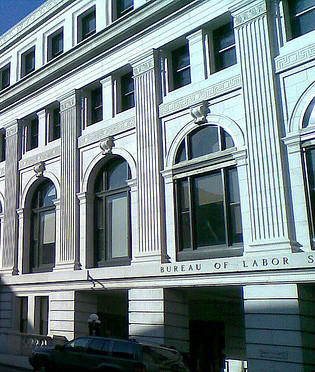 A new U.S. Bureau of Labor Statistics (BLS) report released in early February shows employment increased by 157,000 in January, while the unemployment rate remained essentially unchanged at 7.9 percent.
A new U.S. Bureau of Labor Statistics (BLS) report released in early February shows employment increased by 157,000 in January, while the unemployment rate remained essentially unchanged at 7.9 percent.
Even more positive was the updated job growth report for the final quarter and entire year of 2012. The fourth quarter showed 150,000 more jobs created than original analysis indicated, and 2012 in total saw 335,000 more jobs than previously estimated. In hindsight, 2012 averaged around 181,000 new jobs each month.
Many headline watchers scratched their heads at the idea of job growth and rising unemployment both occurring in the same month. The situation became clearer when analysts pointed out key factors such as population growth, about 12.3 million idle workers and a decline in specific markets (such as government spending), even while the commercial sector as a whole improved.
While the U.S. economy is certainly adding jobs instead of losing them, the growth rate is not yet high enough to keep up with workers entering the job market for the first time and, at the same time, reduce the number of officially unemployed Americans. Analysts have faced this tricky stasis throughout the fourth quarter of 2012: The economy continues to improve, sometimes in leaps greater than expected, but the unemployment rate has hovered around 8 percent.
If the economy begins to improve a little more quickly, then the 12.3 million out-of-work laborers will decrease and the unemployment rate will finally begin to fall. Many companies and investors alike, however, remain worried about the fiscal policy tangle, widespread government budget/job cuts and the volatile international scene. Greater proof of stability is needed before these key players consider expansion, putting a heavy burden on Washington and policymakers across the country.
The BLS report also indicated that about 8 million Americans worked part-time, a number that remains relatively unchanged. The long-term unemployed figures also remained unchanged at 4.7 million, more than a third of all unemployed. When numbers move into discouraged worker territory, only about 800,000 people had given up looking for jobs in January, around 250,000 fewer than at the same time in 2012.
The unemployment demographic range, however, remains relatively unchanged. Teenagers, with their lack of job experience, have the highest rate of unemployment, around 23 percent. This is followed by black Americans at about 14 percent and Hispanic Americans at 10 percent. Adult men and women have equal unemployment rates, averaging at 7.3 percent for both groups. Around 12.3 million people in the United States remain unemployed.
[cf]skyword_tracking_tag[/cf]






No Comment